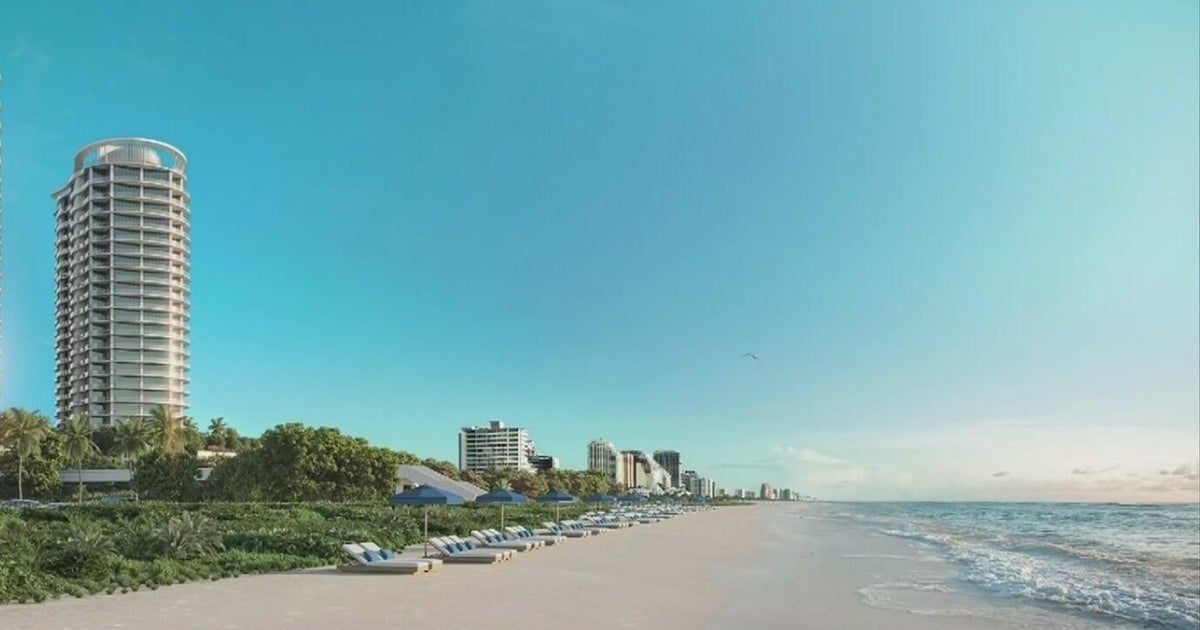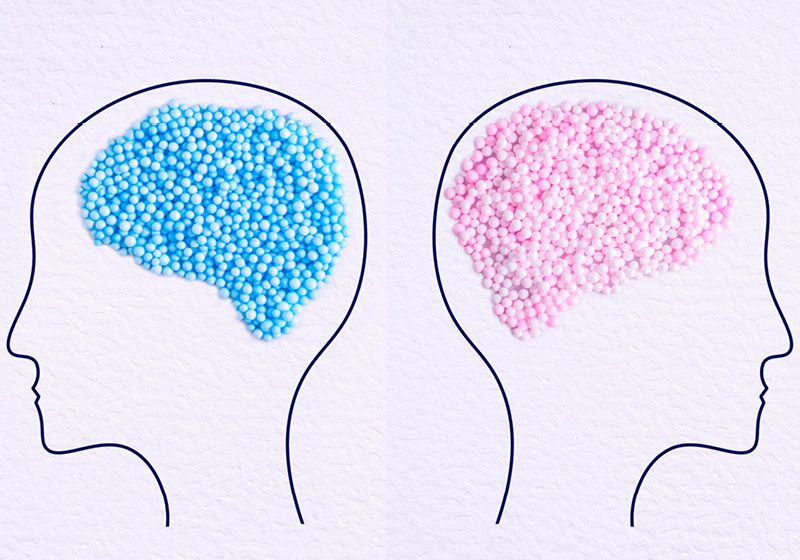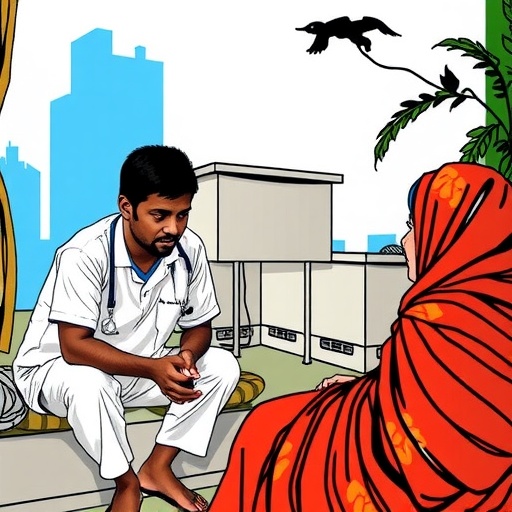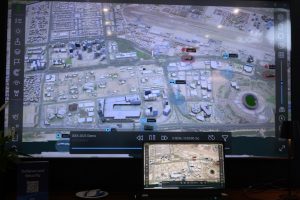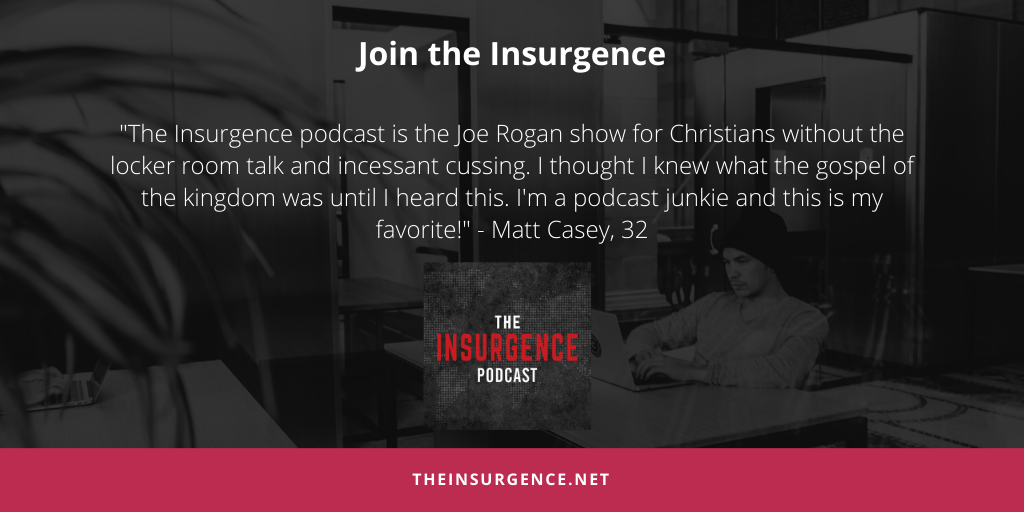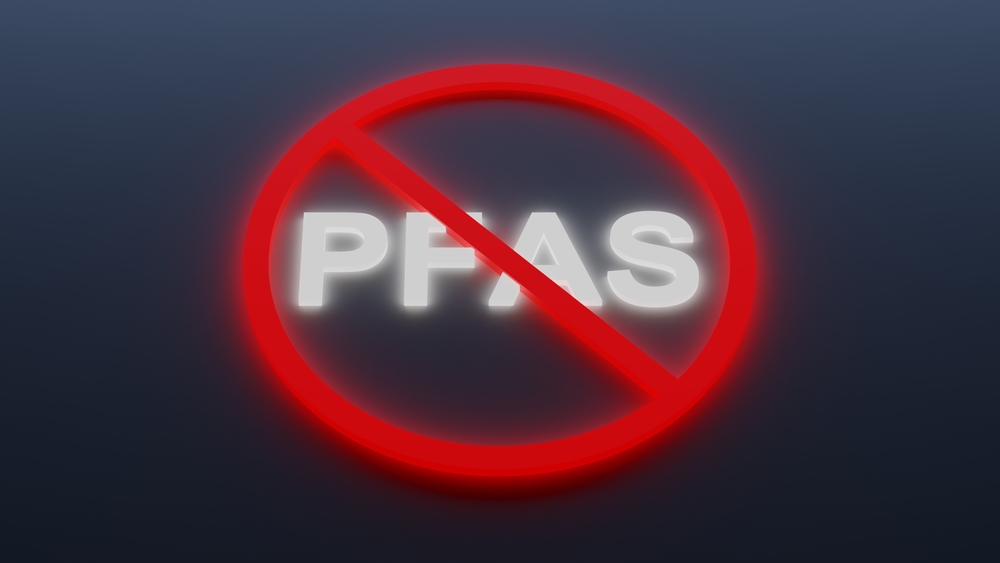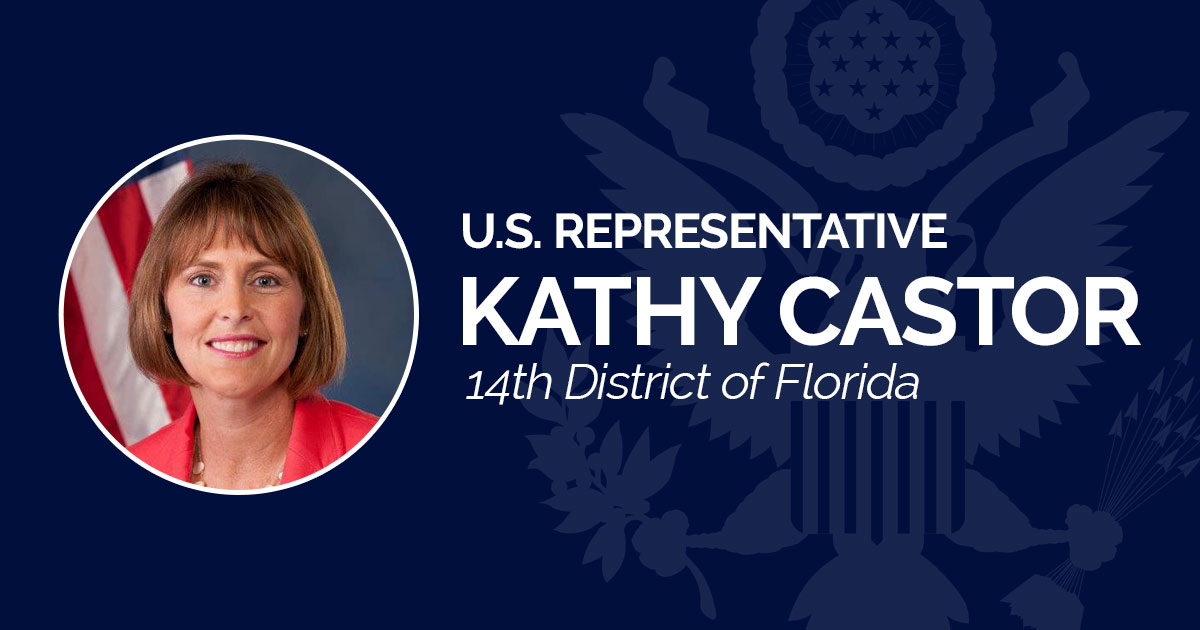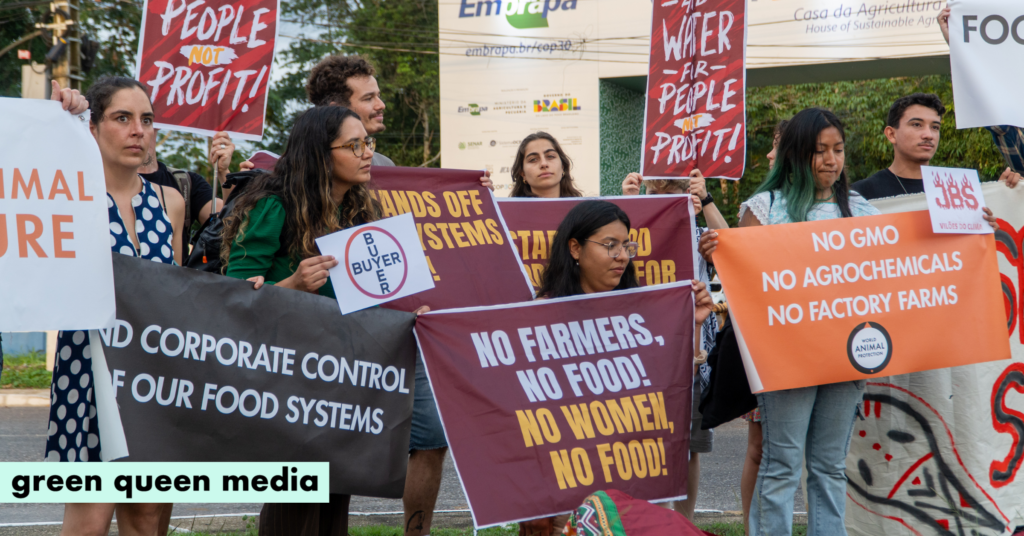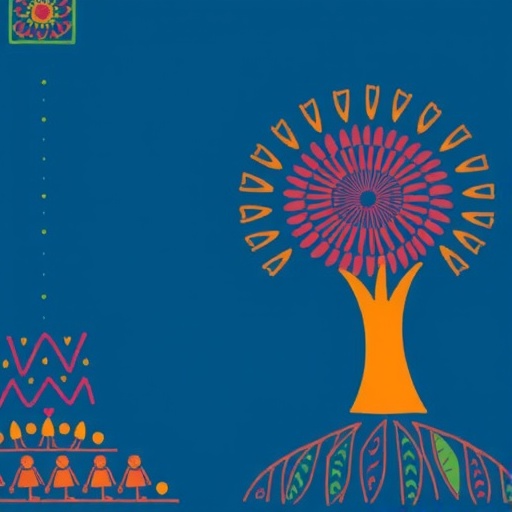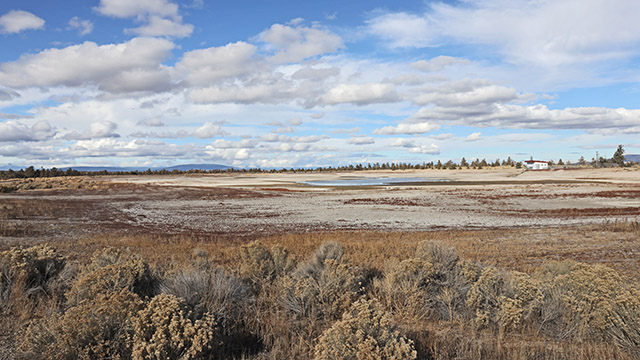Rapid development, legal changes put pressure on Vietnam’s forestland – Mongabay

Development on Phú Quốc Island: A Conflict with Sustainable Development Goals
Executive Summary
A comprehensive analysis of development activities on Vietnam’s Phú Quốc Island reveals significant conflicts with the United Nations Sustainable Development Goals (SDGs). The Rạch Tràm Ecotourism and Residential Project, among 286 planned developments, exemplifies a pattern of environmental degradation and social displacement that undermines progress towards key global targets. The project has resulted in the forced relocation of 508 households and the clearing of 57.7 hectares of protected, special-use forest. These actions directly contravene SDG 1 (No Poverty), SDG 10 (Reduced Inequalities), SDG 11 (Sustainable Cities and Communities), SDG 14 (Life Below Water), and SDG 15 (Life on Land), while raising critical questions about governance and institutional integrity under SDG 16 (Peace, Justice and Strong Institutions).
Project Impacts on Social and Economic Sustainability
Violations of SDG 1 (No Poverty) and SDG 11 (Sustainable Cities and Communities)
The Rạch Tràm project, developed by Cityland Group, has led to the forced relocation of 508 households, creating conditions that threaten to increase poverty and undermine community sustainability.
- Inadequate Compensation: Compensation rates set by the state are considered insufficient by residents to maintain their standard of living, pushing them towards economic precarity.
- Unsuitable Resettlement: The resettlement options offered are inconsistent with the community’s needs and livelihoods. Options include:
- Paying an infrastructure fee for a resettlement plot that exceeds the compensation amount.
- Purchasing a pre-built house at a cost more than three times the compensation provided.
- Relocating to a distant area unsuitable for their fishing-based livelihoods.
- Failure to Provide Inclusive Housing: The project prioritizes luxury villas and resorts over affordable, adequate, and safe housing for the local population, directly conflicting with Target 11.1 of the SDGs. Many displaced residents remain in limbo or have resorted to illegally building on national park land.
Undermining SDG 8 (Decent Work and Economic Growth) and SDG 10 (Reduced Inequalities)
The project’s implementation has dismantled the traditional economic foundations of the Rạch Tràm community, exacerbating inequalities.
- Livelihood Disruption: The displacement from coastal land severs the community’s connection to the sea, destroying fishing and boat repair businesses that have supported families for generations. This negates the principle of inclusive economic growth central to SDG 8.
- Unbalanced Interests: The classification of the project as serving the “public interest” allows for state-led land acquisition at low compensation rates. Critics, including lawyers and members of the National Assembly’s Standing Committee, argue this model unfairly benefits private investors at the expense of local land users, thereby increasing inequality in direct opposition to SDG 10.
Environmental Degradation and Contradiction of Conservation Goals
Direct Threats to SDG 15 (Life on Land)
The development on Phú Quốc Island is causing irreversible damage to vital terrestrial ecosystems, directly challenging the objectives of SDG 15.
- Deforestation of Protected Areas: The Rạch Tràm project alone required clearing 57.7 hectares (142.5 acres) of special-use forest within Phú Quốc National Park, an area designated for its ecological importance. This forest was rich in biodiversity, including deer, wild boars, and monkeys.
- Accelerated Forest Conversion: Since July 2024, authorities have approved the conversion of over 180 hectares (445 acres) of forest on the island, with over 77% being special-use forest. This represents a significant acceleration compared to previous years.
- Qualitative Decline in Forest Cover: While Vietnam reports an increase in total forest cover to 42.03%, experts note this figure masks a severe decline in the quality and biodiversity of natural forests. The conversion of high-biodiversity natural forests for construction projects, as seen in Phú Quốc, represents a permanent loss that cannot be offset by plantations, undermining Target 15.2 (promote sustainable management of all types of forests, halt deforestation).
Impacts on SDG 14 (Life Below Water)
The coastal development disrupts the delicate balance of the marine and coastal ecosystems, jeopardizing the goals of SDG 14.
- Ecosystem Disruption: The Rạch Tràm fishing village was part of a pristine river-forest-sea ecosystem. Construction and deforestation threaten this habitat, which is crucial for marine life.
- Loss of Marine Resources: The cleared forest and surrounding waters were a source of shrimp, crabs, and fish, providing both food and income for the local community. The degradation of this ecosystem directly impacts the sustainable use of marine resources as called for in SDG 14.
Governance Failures and Systemic Risks
Challenges to SDG 16 (Peace, Justice and Strong Institutions)
Recent legal and administrative changes have weakened environmental protections and accountability, creating a governance framework that facilitates unsustainable development.
- Decentralization of Authority: Legal changes in 2024, including the amended Land Law and Decree 91, transferred the authority to approve forest conversion from the central government to provincial authorities. This has removed a critical check and balance, leading to a sharp increase in forest conversion for economic projects.
- Lack of Accountability: The developer, Cityland Group, deflects responsibility for compensation and relocation to local authorities. Meanwhile, inquiries to the Phú Quốc City People’s Committee have gone unanswered, indicating a lack of transparent and accountable institutions.
- Questionable Legal Classifications: The designation of a private real estate development as being in the “national and public interest” is a contentious legal maneuver that circumvents the need for fair negotiation with landowners, undermining justice and the rule of law.
Analysis of Sustainable Development Goals in the Article
1. Which SDGs are addressed or connected to the issues highlighted in the article?
The article discusses a range of interconnected social, environmental, and governance issues on Phú Quốc Island, which are relevant to several Sustainable Development Goals (SDGs). These include:
- SDG 1: No Poverty: The article highlights the economic vulnerability of the local community. The forced relocation and inadequate compensation for 508 households threaten their livelihoods and standard of living, pushing them further into poverty. Residents like Huỳnh Ngọc Vân state the compensation is too low to maintain their living standards.
- SDG 8: Decent Work and Economic Growth: The development projects are framed as promoting “socio-economic development,” which aligns with economic growth. However, the article questions the sustainability of this growth, as it disrupts traditional livelihoods like fishing and boat repair, and the benefits seem to favor private investors over the local community.
- SDG 10: Reduced Inequalities: The issue of unfair compensation and the classification of a private development as serving the “public interest” point to inequalities. The article notes that “the interests of the state, investors, and land users are not fairly balanced,” disproportionately affecting the local villagers who are forced to relocate.
- SDG 11: Sustainable Cities and Communities: The core of the article revolves around unsustainable urban and residential development. It discusses forced evictions, inadequate and unaffordable resettlement housing, and the lack of participatory planning, which directly contradicts the goal of creating inclusive and sustainable human settlements.
- SDG 14: Life Below Water: The development disrupts what was a “pristine river-forest-sea ecosystem.” The villagers’ livelihoods depended on this ecosystem for catching “shrimp, crabs and fish for food or income.” The clearing of coastal forests and construction can have significant adverse impacts on marine and coastal ecosystems.
- SDG 15: Life on Land: This is a central theme, with the article detailing the extensive clearing of forests, including “special-use forest” within Phú Quốc National Park. The loss of 57.7 hectares for one project and a spike in forest conversion approvals threaten terrestrial ecosystems, biodiversity (loss of deer, wild boars, monkeys), and the integrity of the national park.
- SDG 16: Peace, Justice and Strong Institutions: The article points to weaknesses in governance and legal frameworks. Legal changes in 2024 reduced central-government oversight and expanded the types of projects eligible for forest conversion. The questionable classification of the project and the lack of response from authorities highlight issues with responsive and accountable institutions.
2. What specific targets under those SDGs can be identified based on the article’s content?
Based on the issues discussed, several specific SDG targets are relevant:
- Target 1.4: By 2030, ensure that all men and women, in particular the poor and the vulnerable, have equal rights to economic resources, as well as access to basic services, ownership and control over land.
- Explanation: The forced relocation of 508 households and the disputes over compensation directly relate to control over land and access to economic resources. Residents feel the compensation is too low to secure new housing and maintain their livelihoods.
- Target 11.1: By 2030, ensure access for all to adequate, safe and affordable housing and basic services and upgrade slums.
- Explanation: The article describes how relocated residents face unaffordable resettlement options. For example, one resident’s compensation of $13,000 is insufficient for a house costing $45,870 or a plot requiring a $17,580 infrastructure fee. This demonstrates a failure to provide adequate and affordable housing.
- Target 11.3: By 2030, enhance inclusive and sustainable urbanization and capacity for participatory, integrated and sustainable human settlement planning and management in all countries.
- Explanation: The project’s implementation, without fair negotiation with residents and with its classification being questioned by the National Assembly’s Standing Committee, shows a lack of inclusive and participatory planning.
- Target 15.1: By 2020, ensure the conservation, restoration and sustainable use of terrestrial and inland freshwater ecosystems and their services, in particular forests…
- Explanation: The clearing of 57.7 hectares of forest, with plans to convert a total of 512 hectares, including “special-use” forest within a national park, is a direct contradiction of this target.
- Target 15.2: By 2020, promote the implementation of sustainable management of all types of forests, halt deforestation, restore degraded forests and substantially increase afforestation and reforestation globally.
- Explanation: The article highlights an acceleration of deforestation on Phú Quốc following legal changes. The conversion of 182 hectares of forest since July 2024, mostly special-use forest, demonstrates a failure to halt deforestation.
- Target 15.5: Take urgent and significant action to reduce the degradation of natural habitats, halt the loss of biodiversity and, by 2020, protect and prevent the extinction of threatened species.
- Explanation: The article explicitly states that the cleared forest was home to “deer, wild boars, monkeys and snakes,” indicating a direct loss of biodiversity and degradation of natural habitats.
- Target 16.7: Ensure responsive, inclusive, participatory and representative decision-making at all levels.
- Explanation: The residents’ frustration (“I am not opposing the government… but the local authorities are acquiring people’s land with very low compensation”) and the lack of response from local authorities to inquiries suggest that decision-making is not responsive or inclusive of the affected community’s needs.
3. Are there any indicators mentioned or implied in the article that can be used to measure progress towards the identified targets?
Yes, the article provides several quantitative and qualitative indicators that can be used to measure the impact of the development projects and the lack of progress towards the SDGs.
- Indicator for Target 1.4 & 11.1: Number of persons/households displaced by development projects (508 households).
- Indicator for Target 1.4 & 11.1: Proportion of displaced population with inadequate compensation or unaffordable resettlement options (e.g., compensation of $13,000 vs. resettlement costs of $17,580 to $45,870).
- Indicator for Target 15.1 & 15.2: Forest area as a proportion of total land area, and changes over time. The article provides specific figures:
- 57.7 hectares of forest cleared for the Rạch Tràm project.
- 182 hectares of forest approved for conversion since July 2024.
- 512 hectares of forest planned for conversion in 2025.
- Indicator for Target 15.1 & 15.2: Proportion of forest that is “special-use” or within protected areas being converted (The article states that of the 182 hectares converted since July 2024, over 77% was special-use forest).
- Indicator for Target 15.5: Anecdotal evidence of biodiversity loss (mentions of deer, wild boars, monkeys, and snakes disappearing from the cleared forest).
- Indicator for Target 16.7: Evidence of non-participatory decision-making (lawyers’ arguments that interests are not “fairly balanced,” and residents’ quotes expressing frustration and lack of options).
- Indicator for Governance (SDG 16): Changes in legal frameworks that weaken environmental protection (The amended Land Law and Decree 91, which decentralize approval for forest conversion, serve as a key indicator).
4. Summary Table of SDGs, Targets, and Indicators
| SDGs | Targets | Indicators Identified in the Article |
|---|---|---|
| SDG 1: No Poverty | 1.4: Equal rights to economic resources and control over land. | – 508 households forcibly relocated. – Compensation rates ($13,000) deemed too low to maintain standard of living. |
| SDG 11: Sustainable Cities and Communities | 11.1: Access to adequate, safe and affordable housing. 11.3: Inclusive and sustainable urbanization and planning. |
– Resettlement options are unaffordable (e.g., house costs >3x compensation). – Lack of participatory planning; project classification questioned by national committee. |
| SDG 14: Life Below Water | 14.2: Sustainably manage and protect marine and coastal ecosystems. | – Disruption of a “pristine river-forest-sea ecosystem.” – Loss of livelihood for villagers who catch shrimp, crabs, and fish. |
| SDG 15: Life on Land | 15.1: Conserve and sustainably use terrestrial ecosystems. 15.2: Halt deforestation. 15.5: Halt biodiversity loss. |
– 57.7 hectares of forest cleared for one project. – 182 hectares converted since July 2024 (77% special-use forest). – Loss of habitat for deer, wild boars, monkeys, and snakes. |
| SDG 16: Peace, Justice and Strong Institutions | 16.7: Responsive, inclusive, and participatory decision-making. 16.b: Promote and enforce non-discriminatory laws for sustainable development. |
– Legal changes (Decree 91) reducing oversight and accelerating forest conversion. – Residents’ and lawyers’ claims that interests are not “fairly balanced.” – Local authorities are unresponsive to inquiries. |
Source: news.mongabay.com

What is Your Reaction?
 Like
0
Like
0
 Dislike
0
Dislike
0
 Love
0
Love
0
 Funny
0
Funny
0
 Angry
0
Angry
0
 Sad
0
Sad
0
 Wow
0
Wow
0


